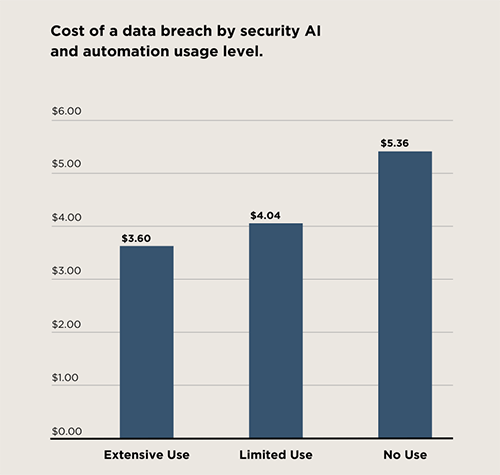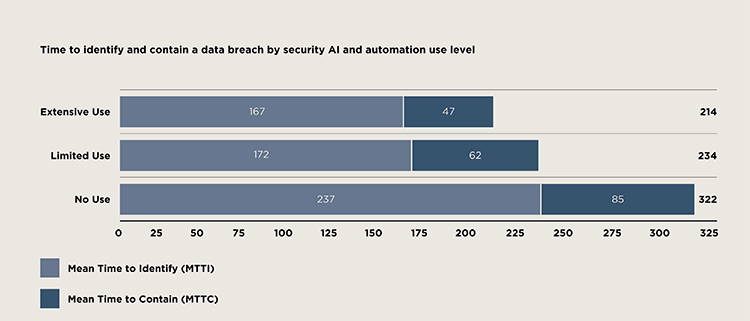Cybersecurity in the Age of AI


Save as PDF
Since ChatGPT was released just over a year ago, business leaders in nearly every industry are increasingly investigating the potential uses of artificial intelligence (AI). Although AI may be the buzzword today with approximately 10,000 new AI tools hitting the market in 2023 alone, most professionals have used or interacted with some form of AI on a near-daily basis for the past two decades.
As AI advanced during the 1990s and early 2000s, cybersecurity companies realized it could prove invaluable to keeping information and systems safe. Unfortunately, hackers also realized the potential AI could have in successfully attacking and compromising valuable data.
Some of the leading areas attackers are using AI today are:
Email – Each day, companies are threatened by phishing emails. Generally, employees know how to detect these malicious emails and simply ignore or report them. However, hackers are increasingly using AI to write emails for them which allows a new level of detail, personalization, and proper grammar and word choice making phishing emails harder to detect. Additionally, attackers are using AI systems that learn from spam blockers to find ways around them and into your inbox.
Passwords – Hackers have long used social media, webpage bios and other internet sources as well as past data breaches to gain many of the elements people typically use in their passwords. However, now, they no longer have to do the legwork. AI systems can be used to gather this information and run password-guessing tools familiar with common patterns to crack what was thought to be a secure password.
Deep fakes – Sight and hearing are considered the most valuable and trusted senses. However, with the advancement of AI, even these natural defenses cannot always be trusted. With the use of video manipulation, image and video generation, and voice copying tools, hackers can create videos and audio clips to trick or influence people into giving away information and assets.
Malware – Using AI, attackers can hide malware in seemingly harmless code and delay its deployment until a much later date. In other cases, hackers can use AI to cause a breach and then delete all traces of the malware that caused the incident. In both cases, finding out where the attack originated is incredibly difficult. Additionally, using AI’s capability to adapt in real-time allows malware to detect cybersecurity systems in place and find ways around them even if the security system is also adapting – entangling them in a dance of attacks and defenses.
Thankfully, AI advancement also has an upside and is making cybersecurity increasingly effective in stopping/minimizing cyberattacks and improving the efficiency of security and IT teams.
Some of the primary ways AI is enhancing cybersecurity measures are:
Security responses during the early stages of potential attacks are being automated using AI.
AI is being used to continuously search for and identify security vulnerabilities.
Abnormalities in data access are being detected more efficiently with the use of AI.
AI is being used to identify and prevent phishing, malware and other malicious activities faster than human analysts can.
Ultimately, cybersecurity AI is completing tasks that have historically needed direct human involvement. This allows security personnel to spend valuable time on more urgent or complex tasks.
What does this mean for your company?
Accelerated detection and response times meaning fewer beaches.
Fewer repetitive tasks for your IT team which can lead to burnout.
Significant time and cost savings.
IBM recently published its 2023 Cost of a Data Breach Report and found that organizations that have extensively adopted AI into their cybersecurity systems were able to identify and contain breaches on average 108 days faster than companies not using AI cybersecurity. Additionally, these organizations reported $1.76 million lower data breach costs than organizations not using AI. Even organizations that are only using AI cybersecurity to a limited extent reported 88 days quicker breach identification and containment.




As AI technologies continue to rapidly advance, now is the perfect time to assess your cyber risk and ensure your business is protected. Our team at Scott Insurance can help you assess this risk and build strong defenses to effectively prevent and minimize the damage of cyberattacks.
Data source for graphs: IBM 2023 Cost of a Data Breach Report






